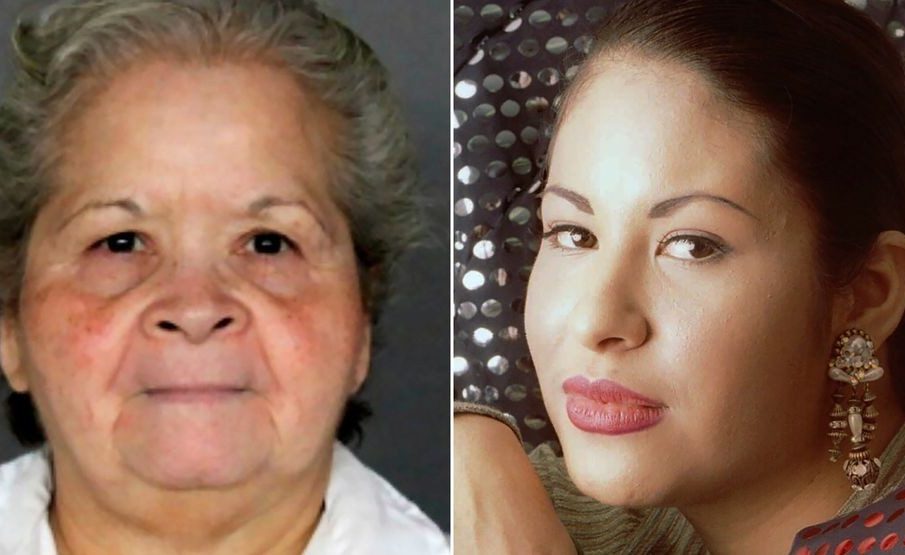Yolanda Saldívar: The Infamous Figure Behind Selena’s Tragedy

Introduction
Yolanda Saldívar is a name that resonates deeply within the world of Tejano music, forever linked to the tragic death of beloved singer Selena Quintanilla. The significance of Saldívar’s actions extends beyond a personal narrative; it reflects the complex interplay between fame, fandom, and the darker aspects of human relationships. With the recent resurgence of interest in Selena’s legacy, Saldívar’s story continues to provoke discussions about celebrity and violence.
Background
Born on September 19, 1960, in San Antonio, Texas, Yolanda Saldívar initially entered Selena’s life as the president of her fan club and later managed Selena’s boutiques. Initially, this position allowed Saldívar to foster a close relationship with the singer, who was at the height of her career in the early 1990s. However, as finances and operations of the boutiques came under scrutiny, tensions began to rise. There were accusations surrounding mismanagement of funds, leading to Selena deciding to sever her professional ties with Saldívar.
The Tragic Incident
On March 31, 1995, the relationship took a deadly turn when Selena was shot by Saldívar at a motel in Corpus Christi. The shooting occurred after an altercation, during which Saldívar was alleged to have confronted Selena over ongoing issues. The loss of Selena, who was only 23 years old, sent shockwaves through the music community and devastated fans across the globe. Saldívar was arrested and later convicted of first-degree murder, receiving a life sentence.
Legal and Cultural Ramifications
Yolanda Saldívar’s actions have raised numerous questions about mental health, the pressures and dangers faced by celebrities, and the darker side of fan obsession. Her conviction has led to discussions about the impact of violence in the realm of fame, particularly regarding those who find themselves enmeshed in the lives of their idols. In the years following Selena’s death, various documentaries and re-examinations of the case have kept the conversation alive, highlighting the importance of addressing such issues within the entertainment industry.
Conclusion
The case of Yolanda Saldívar serves as a cautionary tale about the complexities of celebrity culture and the potential for tragedy that can emerge from blurred personal and professional boundaries. As discussions around Selena’s legacy continue to permeate popular culture, understanding Saldívar’s role—and the factors that led to such a devastating event—remains relevant. The ongoing dialogue not only pays tribute to Selena’s memory but also serves as a reminder of the need for awareness regarding mental health and the ethics of fandom. As we reflect, it becomes clear that the legacy of such events will continue to shape conversations about talent, tragedy, and the human condition.








